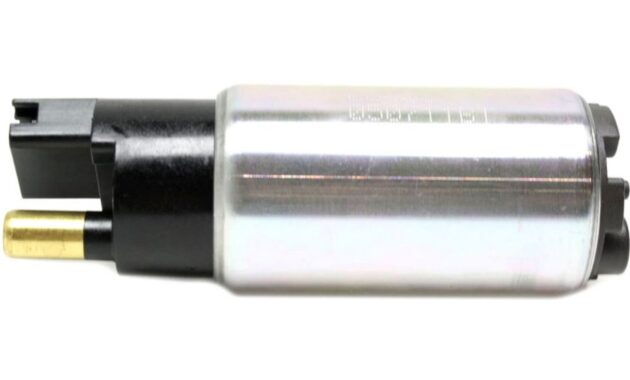A pump from the fuel tank sucks the fuel passed through the fuel filter and delivers it to the fuel path. The fuel delivered to a certain pressure in the fuel path is distributed to the injectors. Combustion is provided by spraying the cylinders from the injectors.
The part that adjusts the fuel pressure is the fuel pressure regulator, and the DF137 fault code indicates a problem with this part.

Possible problems with the vehicle with the Renault fault code DF137:
- The lighting of the engine fault lamp
- Acceleration problem in the vehicle
- Do not strain when going uphill
- Increase in fuel consumption
- The vehicle does not start, stops
- Black smoke coming out of the exhaust
- Having a fuel leak
What is the DF137 Renault fault code?
Brief description of the DF137 fault code:
Fuel path pressure regulation function, the pressure is below the minimum value,
Fuel path pressure regulation function, low flow current above the maximum value
This means that the data coming from the fuel pressure sensor to the ECU is outside the normal limits, or data is not going from the sensor to the ECU.
Accordingly, when the DF137 fault code is received;
- The fuel pressure regulator may be out of order
- The sensor that monitors the fuel pressure is broken, or there may be a problem with its wiring, or electrical circuit.
- The fuel filter may be clogged.
- There may be contamination or leakage in the fuel line.
- The fuel pump may be defective or reduced in function.
- There may be problems with the injectors
DF137 Renault Fault Code Solution

If the fuel pressure sensor is defective, the DF137 fault code may be received due to incorrect data transmission. It is checked whether the sensor is out of order, as well as the strength of the wiring connections and whether their connection is smooth.
It is necessary to detect whether there is excessive resistance in the cable that supplies power to the fuel pressure sensor. This aspect can be tested with a DVOM set to the volt scale, when the signal cable is connected to the positive cable signal cable, the negative cable is turned on and the vehicle is running on a well-known grounding. The displayed voltage must be within the factory specifications, depending on the external temperature and the internal temperature of the fuel in the lines.
The sensor cables are checked for excessive resistance, ground fault, or short circuit.
The fuel pump is the most important part of the fuel system, and if this part fails or there is no electricity to supply this part due to problems with the connecting cables, the pressure in the fuel line will decrease. These are checked.
The presence of problems such as physical damage, bending cracking, and clogging in the fuel line is checked.
If the fuel filter is not changed on time or the fuel tank is dirty, the fuel filter is clogged due to fuel pollution, and this is one of the common reasons why the fuel pressure drops.
The fuel pressure regulator usually has a vacuum line that mechanically restricts the fuel supply depending on the amount of vacuum generated by the engine. The vacuum hoses leading to the regulator are checked for holes and cracks. It is also checked whether the fuel pressure regulator is broken.
Check if there is any leakage in the injectors. For this, an injection leak test is performed.
